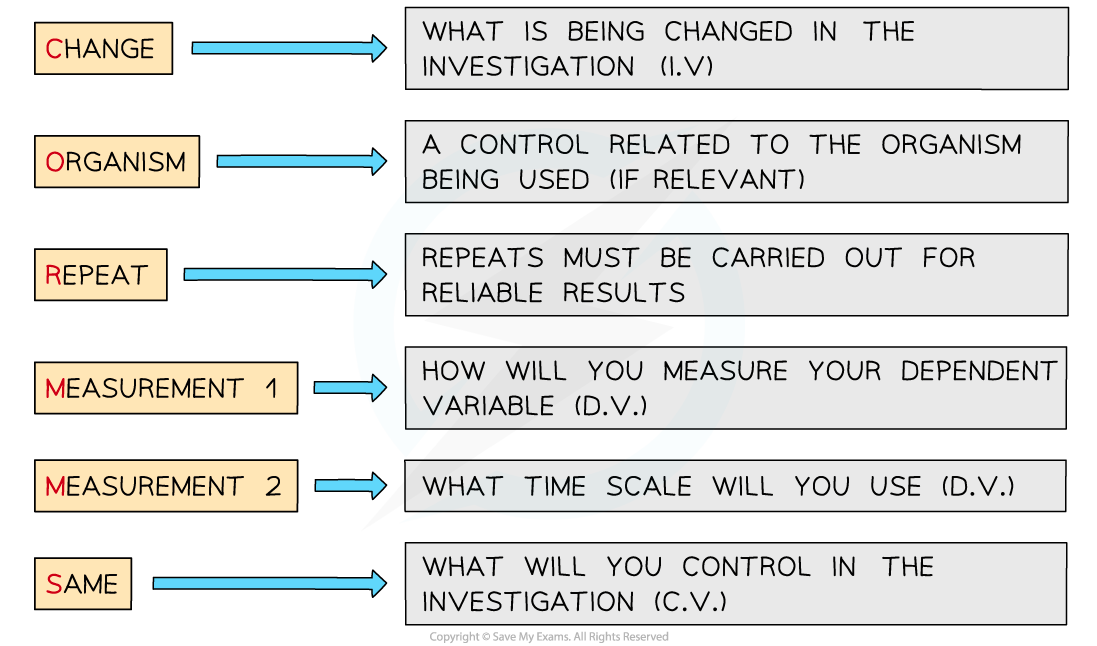Practical: Evolution of Oxygen
- We can demonstrate the evolution of oxygen (from the process of photosynthesis) using water plants such as Elodea or Cabomba - types of pondweed
- As photosynthesis occurs, oxygen gas produced is released
- As the plant is in water, the oxygen released can be seen as bubbles leaving the cut end of the pondweed
Apparatus
- Beaker
- Pondweed
- Funnel
- Boiling tube
- Splint
- Bunsen burner (for the oxygen test)
- Heat proof mat
Method
- Take a bundle of shoots of a type of pondweed
- Submerge them in a beaker of water underneath an upturned funnel
- Fill a boiling tube with water and place it over the end of the funnel
- As oxygen is produced, the bubbles of gas will collect in the boiling tube and displace the water
Results and analysis
- Show that the gas collected is oxygen by relighting a glowing splint
- The quantity of bubbles / volume of oxygen can also be measured in order to investigate the rate of photosynthesis over a certain amount of time

Experiment to show the evolution of oxygen from a water plant





